Climate smart forestry practices amplify the protective role the forest plays in the environment, providing a natural solution to combat climate change. Learn what climate smart forestry is about and see some of the climate smart strategies Rayonier is implementing across its ownership.
Rayonier has been in the sustainable forestry business for almost 100 years—that’s a lot of time that our foresters, scientists and business leaders have been working with the land, monitoring the weather and managing the planting and harvesting of trees.
We’ve witnessed a lot of changes in the past century, not least of which has been the shifts in our global climate.
We know that the Earth’s surface temperature is changing, influenced by greenhouse gas emissions caused by human activity, and we know this will have an impact on regional and global weather patterns.
Knowing that climate change will continue to impact our world, we have to be more informed than ever.
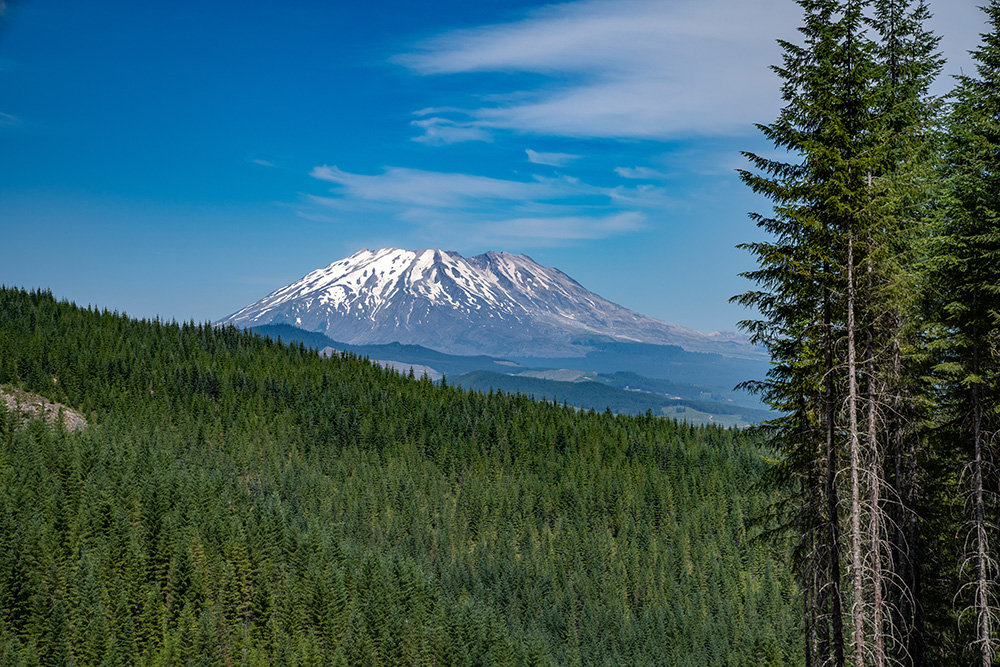
Protecting Our Forests for the Future in a Changing Climate
When we see the forecast for heavy rainfall or drought or see yet another headline of record-breaking temperatures, we are looking through the eyes of a land manager.
We think: are we prepared? What can we do to make our forests more resilient if these trends continue?
As forest managers, we believe that we can adapt to these changes to ensure that our company—and our forests—will thrive in the next 100 years.
Our in-house scientists and foresters have looked at data from organizations like the Intergovernmental Panel on Climate Change (IPCC) to help us define climate smart forestry practices.
In this article, we will explore the concept of climate smart forestry and the strategies we will use to protect the long-term health of our forests given the climactic conditions that will exist in the future.
- What is Climate Smart Forestry?
- Climate Smart Forestry Principles to Guide Rayonier’s Decision-making
- What is Carbon Capture and Storage in Sustainable Forest Management?
- The Role of Working Forests in Carbon Capture
- Climate Smart Forestry Beyond Carbon Capture
- The Importance of Climate Smart Forestry
- Benefits of Climate Smart Forestry Practices
- Resilient Forests Will Help Us Adapt to Climate Change
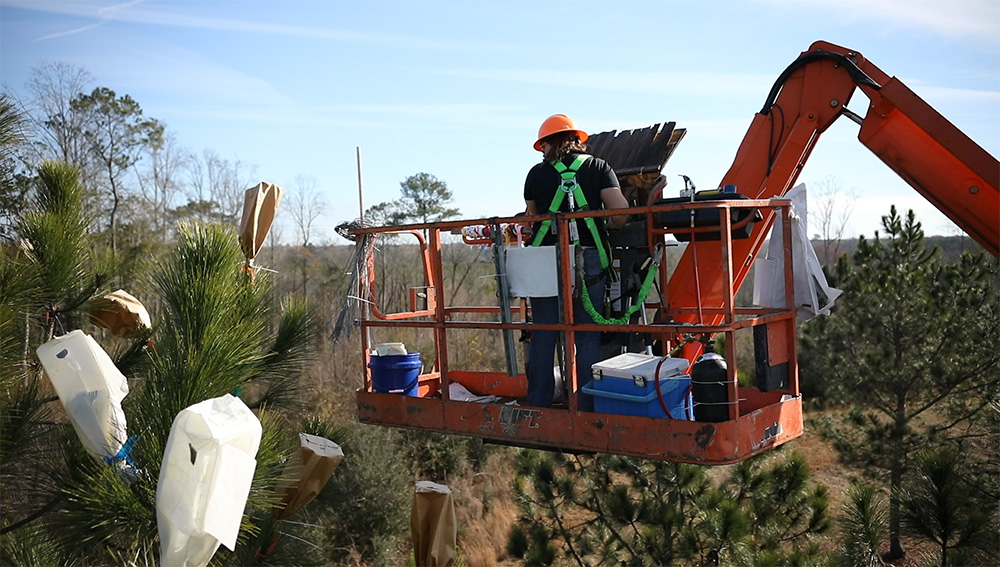
What is Climate Smart Forestry?
Climate smart forestry refers to the sustainable management of forests with a focus on mitigating, reducing and adapting to the impacts of climate change.
Using a climate smart forestry approach allows us to implement strategies that increase forest resilience and productivity, enhance carbon sequestration, and ensure the health of forest ecosystems.
In many cases, climate smart forestry practices will enhance our forests’ ability to capture (or “sequester”) and store carbon, a critical part of addressing global climate change.
Climate smart forestry practices also employ techniques to prevent the loss of carbon sinks, such as wildfire prevention techniques.
Climate Smart Forestry Principles to Guide Rayonier’s Decision-making
Our in-house teams have defined four key principles to help us grow healthy, productive forests in the coming decades:
- Flexible planning
- Sustainable forest management
- Strategic portfolio management
- Environmental contribution
Here are a few examples of how we are putting these Climate Smart Forestry principles into action:
Flexible Planning: Using modeling to plan for changes
In a rapidly changing climate, it will be important that we stay flexible in our planning.
Our foresters already use modeling, a forecasting tool to predict our trees’ growth over time. We use these models in many areas of our planning, including our harvest schedules.
By incorporating climate change data into our calculations, we can update these models as new information is available. This will help us respond to the needs of our forests and support healthy tree growth.
Sustainable Forest Management: Considering climate data when making planting decisions
As part of sustainable forest management, in the U.S. we already use our in-house genetic research team’s findings to select the best native tree families and species to plant on a particular forest site.
Going forward, we also will look at climate data to make sure we’re planting what’s best suited to the changes expected in that location.
For example, if an area will see droughts over the long term, we will plant drought-resistant trees there, and our research scientists will guide us in making these decisions.
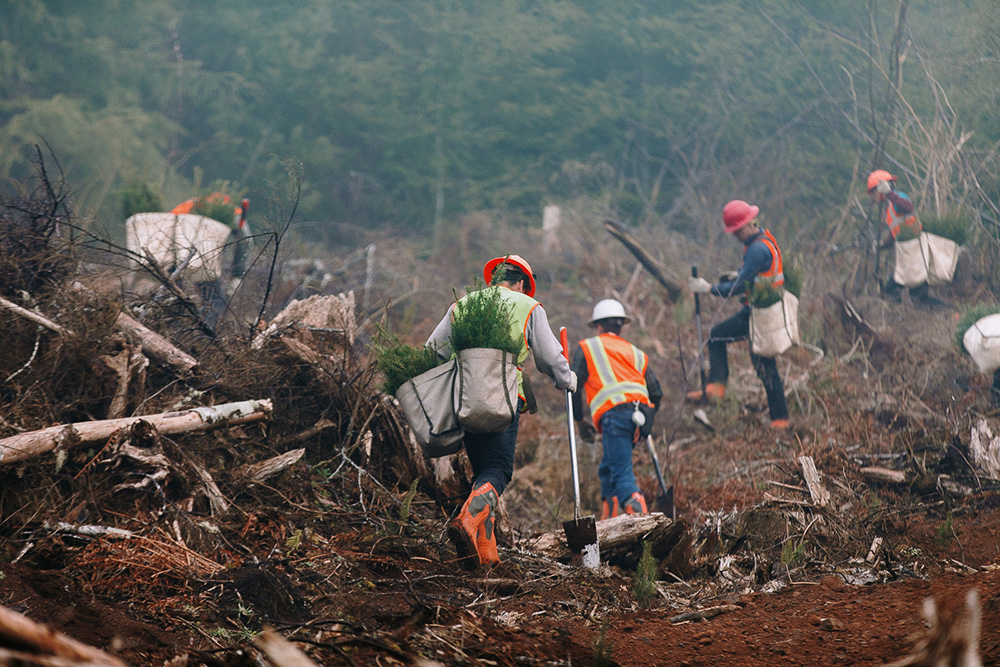
Strategic portfolio management: Considering climate change impact in new timberland acquisitions
While climate change is a global phenomenon, its effects are likely to be felt more in some regions of the world than others.
Fortunately, Rayonier forests are located in regions expected to be less impacted by climate change. Temperature variations predicted for the U.S. South, U.S. Pacific Northwest and New Zealand, where we’re located, are less extreme than variations predicted in other parts of the world, such as much of Europe, as reported here by the IPCC.
We will employ strategic portfolio management when considering new timberland acquisitions—looking at the likely impact of climate change in a region before deciding to expand there.
Environmental contribution: Continually improving our own impact to reduce emissions even further
We know that to reduce carbon in the atmosphere, we must enhance our environmental contribution by reducing Rayonier’s carbon footprint.
Because our forests capture carbon as part of the growing process and store it in trees, we are already carbon negative. That is, we emit less carbon than we store. But we also plan to reduce our emissions as new technology is developed.
What is Carbon Capture and Storage in Sustainable Forest Management?
Forests act as natural carbon sinks, absorbing atmospheric carbon dioxide through photosynthesis and storing it in trees, soils, and other organic matter. This process is known as carbon capture and storage (CCS) in forestry.
Climate smart forestry emphasizes the importance of sustainable practices that maximize the carbon capture and storage potential of our working forests.
The Role of Working Forests in Carbon Capture
Working forests are critical to this mission because of their ability to capture and store carbon from the atmosphere.
As forests grow, they capture carbon via photosynthesis and store that carbon. Forests planted for timber are managed to grow quickly, maximizing their photosynthesis and thus their carbon capture.
Once they have matured and the growing process slows, they’re harvested—and the carbon remains stored in the products they become, such as lumber and furniture.
At the same time, the land where they grew is replanted with the next generation of trees, starting the fast-growing trees’ carbon capture process all over again.
Today, forests capture about 24 percent of the carbon emitted each year in the U.S. and about three-fourths of that carbon is sequestered by working forests, as shown in this report by NCASI.
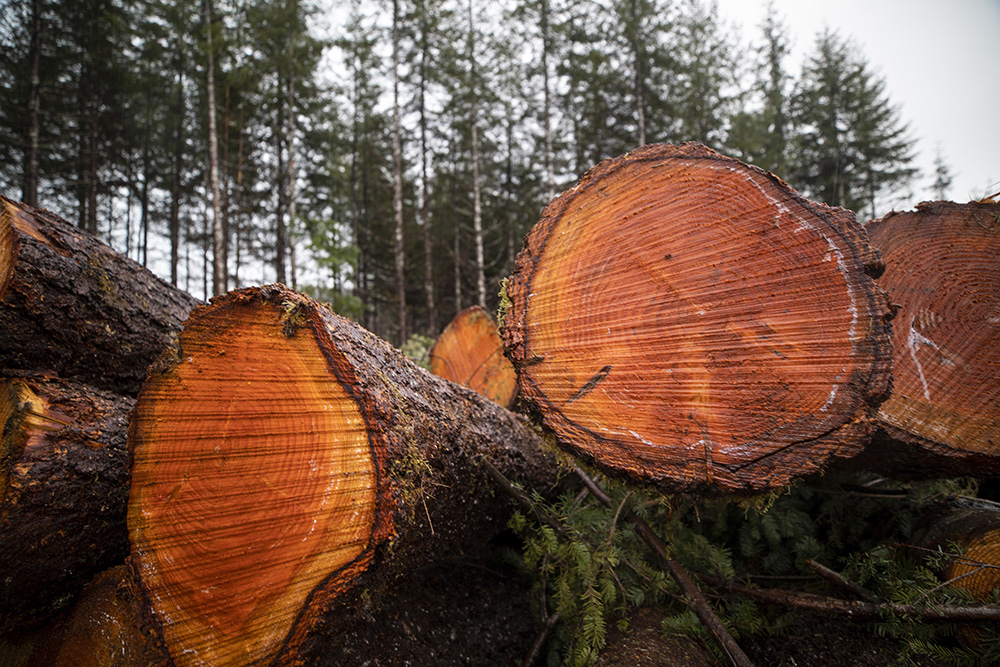
Climate Smart Forestry Beyond Carbon Capture
Beyond the capture of carbon, climate smart forestry aims to reduce the loss of carbon.
For example, in the case of drought and wildfire, the best forest management plan is to reduce the number of trees. This allows the remaining trees to be more hydrated and reduces the amount of dry fuel on the ground.
These practices drastically reduce the likelihood of loss from a natural disturbance caused or intensified by climate change.
Working forests also play a role in providing the wood fiber needed for other efforts to reduce carbon emissions. Nature Based Solutions, a collective term for natural features and processes used to tackle socio-environmental issues, will generate increasing demands for timber.
For example, Sustainable Aviation Fuel, made from renewable biomass, has the potential to replace petroleum-based jet fuel with a fraction of the carbon emissions.
The Importance of Climate Smart Forestry
To curb the worst effects of climate change, the U.S. needs to reach its goal of net zero emissions by 2050. This means that, as a nation, we need to emit less carbon than we capture and store.
Climate smart forestry is an important tool in the global quest to address climate change.
One tangible example: the recent increase in catastrophic wildfires has weakened forests and limited their ability to sequester carbon. As part of our climate smart forestry plan, our foresters will use firebreaks, thinning, and understory vegetation control to limit wildfire threats.
When we implement these and other climate smart forestry practices, we will maximize our forests’ capacity to capture and store carbon from the atmosphere, contributing to the goal of reaching net zero emissions by 2050.
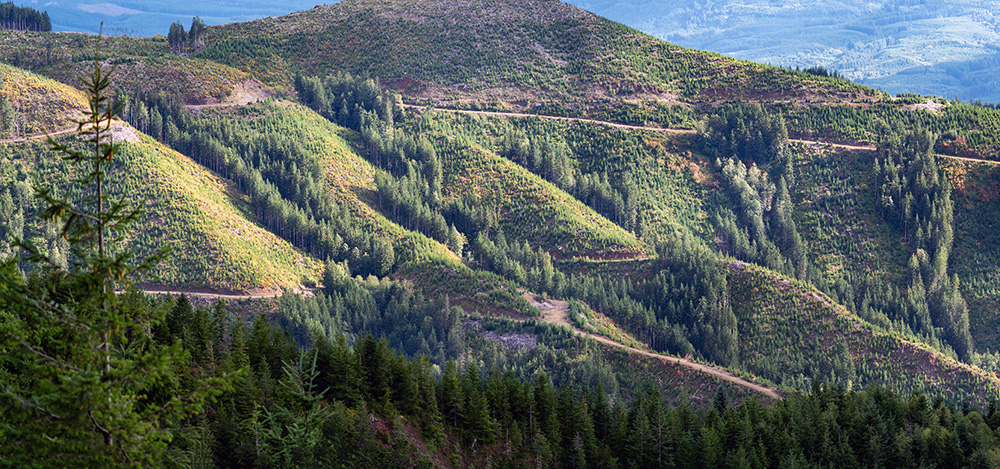
Benefits of Climate Smart Forestry Practices
Implementing climate smart forestry practices brings numerous benefits, including:
- Climate Change Mitigation: By capturing and storing carbon dioxide, our working forests contribute to mitigating climate change, helping to reduce the concentration of greenhouse gases in the atmosphere.
- Biodiversity Conservation: Sustainable forest management practices promote biodiversity conservation by preserving and enhancing the habitats of various plant and animal species. Learn more about the importance of forest biodiversity.
- Ecosystem Services: Forests provide a range of valuable ecosystem services, such as clean air and water, soil conservation and recreational opportunities. By practicing climate smart forestry, we ensure the preservation of these essential services for present and future generations.
- Sustainable Livelihoods: Rayonier’s commitment to climate smart forestry creates sustainable livelihoods for local communities. By managing our forests responsibly, we support jobs in the timber industry while protecting the environment.
Resilient Forests Will Help Us Adapt to Climate Change
As forest managers, we believe in the resilience and adaptability of our forests and we know the value of working with—rather than against—nature.
As we learn more about the coming changes in regional and global weather patterns, we will do our part to prepare our forests and keep them healthy and productive over the long term.
To learn more about our climate smart forestry plans and how we are continually adapting as new science emerges, you can view Rayonier’s in-depth Climate Change report here.






Leave a Comment